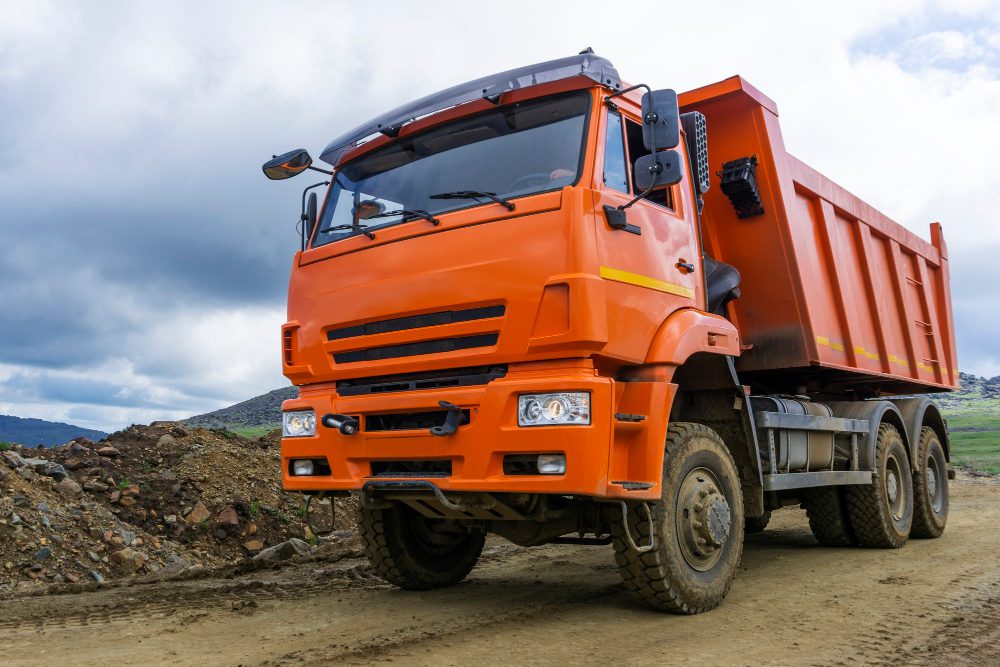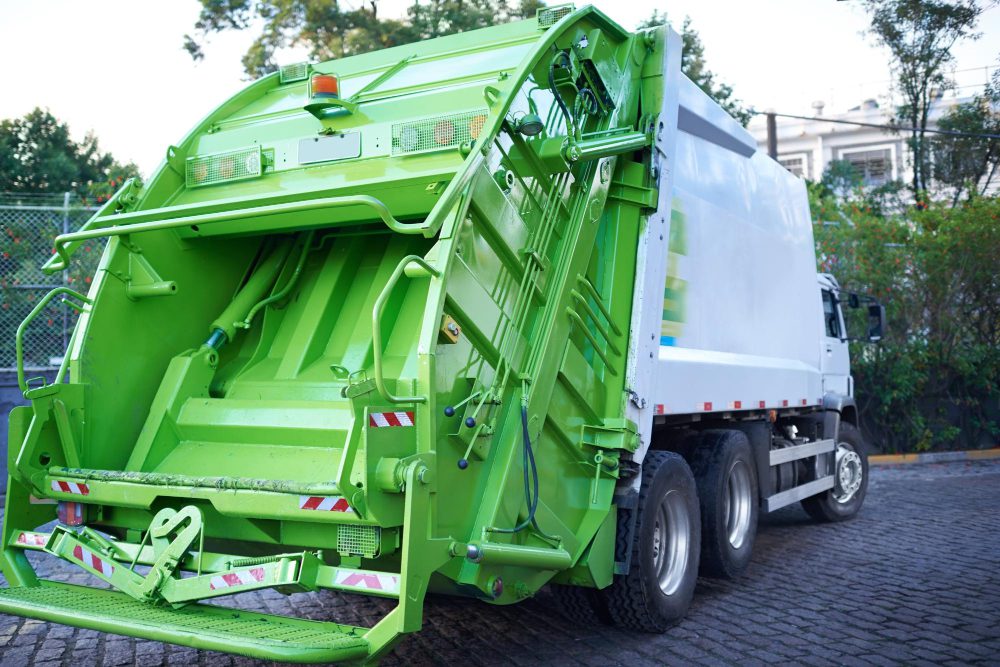In a nutshell, driving a dumper truck is not as straightforward as driving a regular car. Specialised training, licensing requirements, and a unique set of challenges associated with manoeuvrability, visibility, and the vehicle’s sheer size make it a skill that demands expertise. In this article, we delve into the complexities and nuances of operating a dumper truck, specifically tailored for a UK audience.
Understanding the Complexity of Dumper Trucks
A dumper truck, often referred to as a tipper truck in the UK, is designed to transport and offload materials such as soil, sand, or gravel. These are essential vehicles in the construction and mining industries. The structure consists of a large, open-topped dump box hinged at the back. While their utility is undeniable, it’s crucial to understand that they aren’t your average vehicle.
Size and Weight
Dumper trucks can weigh up to 30 tonnes when fully loaded, depending on the model and purpose. This immense weight not only affects how the vehicle handles but also creates concerns for safety. Braking distances are substantially longer, and the turning radius is often significantly wider than that of a regular car.
Manoeuvrability
The sheer size of a dumper truck affects its manoeuvrability, making it challenging to operate in constrained spaces. It requires proficient skill to navigate the vehicle through the tight corners often found on construction sites.
Visibility
The driver’s cabin in a dumper truck is elevated, which could lead one to assume that visibility is excellent. However, this is not entirely true. The height may provide a good frontal view, but it often creates blind spots, particularly towards the rear and sides of the vehicle.
“While the utility of a dumper truck is undeniable, they are not vehicles that can be easily manoeuvred by an untrained individual. The challenges are manifold, from size and weight to visibility issues.”
The Legal Requirements
Driving Licences and Certifications
- C1 Licence: Allows you to drive vehicles between 3.5 and 7.5 tonnes.
- C1+E Licence: Permits the operation of C1 category vehicles with a trailer over 750 kg.
- Category C Licence: Allows you to drive rigid trucks over 3.5 tonnes.
- CSCS (Construction Skills Certification Scheme) Card: Required for entry onto most construction sites.
Training and Skill Development
Specialised training courses are available for those interested in becoming a qualified dumper truck driver. These courses include theoretical and practical tests, including manoeuvre exercises and safety protocols.
Operating Costs
Operating a dumper truck comes with its set of financial considerations. From fuel consumption to maintenance and insurance, the costs can add up quickly.
Fuel Costs
Dumper trucks are not fuel-efficient, with many models consuming fuel at rates as high as 6 miles per gallon. Given the rising fuel prices in the UK, this can be a significant operational cost.
Insurance and Maintenance
Insurance premiums for dumper trucks are generally high due to the potential risks associated with their operation. Maintenance costs, including regular servicing and part replacements, can also be steep.
| Expense | Average Cost |
|---|---|
| Fuel (per month) | £600 – £800 |
| Insurance (per annum) | £2,500 – £4,000 |
| Maintenance (per annum) | £1,000 – £3,000 |
Conclusion
Dumper trucks are complex vehicles requiring a unique set of skills and considerable experience to operate safely and efficiently. They are not easy to drive for the average person. Specialised training, heightened safety measures, and compliance with stringent legal requirements make this a job for professionals. Understanding these complexities is crucial for anyone considering a career in this field or those involved in sectors that frequently use these vehicles.


